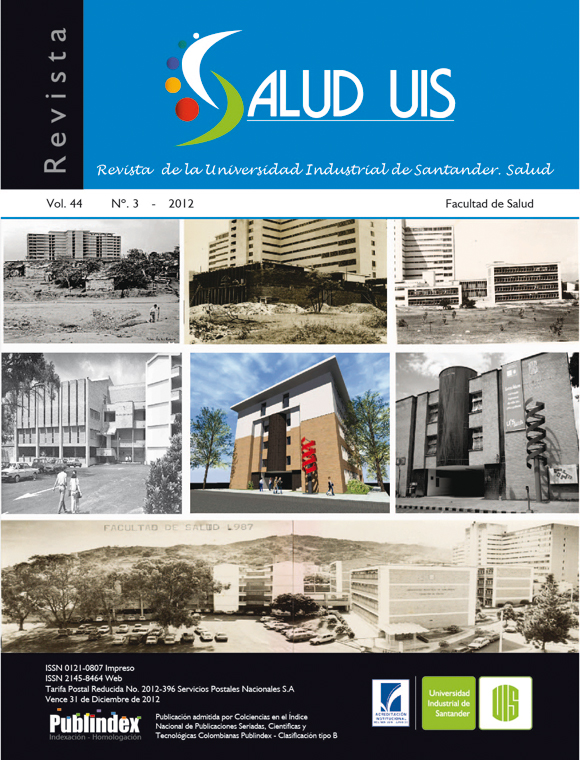Abstract
RESUMEN
La atrofia muscular es una deficiencia comúnmente encontrada en los usuarios de los servicios de Fisioterapia; comprender los mecanismos moleculares que regulan dicha condición permite tener una visión más profunda de la condición del paciente. Tres vías principales regulan la atrofia muscular: la de las calpaínas, la lisosomal y la ubiquitina proteosoma. Esta última regula la mayor parte de la degradación proteica en la atrofia muscular, sin importar su etiología. Atrogina-1 y MuRF1, dos enzimas que hacen parte de la vía ubiquitina proteosoma, se elevan significativamente en presencia de atrofia muscular, en parte mediante el aumento en los niveles de factor de necrosis tumoral alfa. Comprender los mecanismos moleculares involucrados en la regulación de la atrofia muscular es importante para el fisioterapeuta porque le ayuda a entender mejor la condición clínica sobre la cual interviene y a plantear preguntas de investigación susceptibles de ser respondidas con el uso de la biología molecular. Salud UIS 2012; 44 (3): 31-39
Palabras clave: atrofia muscular, rehabilitación, biología molecular.
ABSTRACT
Muscle atrophy is a common impairment in patients attended by physical therapists; to understand the molecular pathways that regulate this condition is important to a whole vision of patient condition. There are three pathways involved in the muscular atrophy regulation: the calpains, lysosomal and the ubiquitin proteosome pathway. These pathways carry out the bulk of muscle protein degradation, regardless its etiology. Atrogina-1 and MuRF1, two enzimes belonging to the ubiquitin proteosome pathway, increase significantly in muscular atrophy in part due to enhanced expression of tumoral necrosis factor-alpha. The understanding of molecular mechanisms involved in the muscular atrophy regulation is important to the Physical Therapist because it helps to get deeper knowledge about the clinical condition treated, and propose investigation questions that could be solved through molecular biology applications. Salud UIS 2012; 44 (3): 31-39
Keywords: muscular atrophy, rehabilitation, molecular biology
Se autoriza la reproducción total o parcial de la obra para fines educativos, siempre y cuando se cite la fuente.
Esta obra está bajo una Licencia Creative Commons Atribución 4.0 Pública Internacional.
